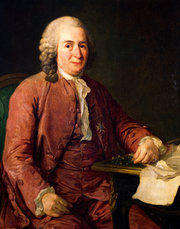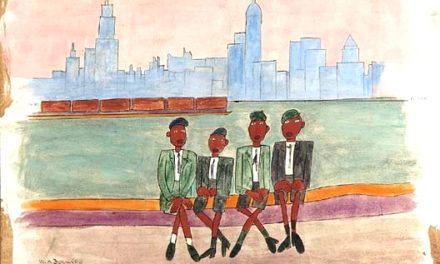By Fred Gardner The International Cannabinoid Research Society (ICRS) has adopted the journal Cannabis and Cannabinoid Research (CCR) as its official publication. Dr. Daniele Piomelli, a pharmacologist at UC Irvine, edits the journal.
The press release from the publisher states that CCR is “extremely excited” by the affiliation. The release does not list clinical among the types of studies the ICRS has been “spearheading,” but does list “misuse potential.”
New Rochelle, NY, May 7, 2019—Cannabis and Cannabinoid Research (CCR) is extremely excited to announce that the International Cannabinoid Research Society (ICRS) has named CCR its Official Journal. The ICRS is a foremost international society spearheading scientific research in all fields of cannabinoids, ranging from biochemical, chemical, and physiological studies of the endogenous cannabinoid system to studies on the misuse potential of recreational cannabis…
The ICRS meeting this summer will be in Bethesda, Maryland, home to The National Institute on Drug Abuse. NIDA has been the principal funder of the ICRS since the society was organized in 1990. For a decade NIDA was the only source of cannabis and funding for would-be researchers at university labs, and the assumption of the grant givers’ was that marijuana was harmful, addictive, and had no medical utility —a Schedule I drug. Piomelli’s research focused on inhibiting FAAH, the compound that breaks down anandamide. FAAH inhibition is a complicated alternative to ingesting exogenous cannabinoids, i.e., using marijuana.
When GW Pharmaceuticals started providing plant extracts and funding to investigators in 1999, NIDA lost its monopoly control over the research agenda —but continued its dominance. The studies funded by GW and the clinical evidence developed by doctors in California and beyond made it increasingly obvious that cannabis could provide a wide range of beneficial effects. Results from studies funded through the Center for Medicinal Cannabis Research at UC San Diego have also confirmed benefit. So there is now a big push to reduce impediments to research, notably the status of cannaabis on Schedule I
A succinct political/legal overview of impediments to research by Graham Boyd was quoted in Piomelli’s journal: “At this point, only 20% of cannabis research approved by the federal government is actually even looking at therapeutic use. Eighty percent of it is still looking at abuse, addiction, that sort of thing.”
O’Shaughnessy’s had devoted two pages to analyzing an editorial from the first issue of Cannabis and Cannabinoid Research, but they wound up on the cutting room floor. Piomelli’s strategy —and many other scientists’— is to work both sides of Study Street, seeking to document benefit (clinical evidence doesn’t count, only RCTs) while still seeking the holy grail, evidence of harm.





